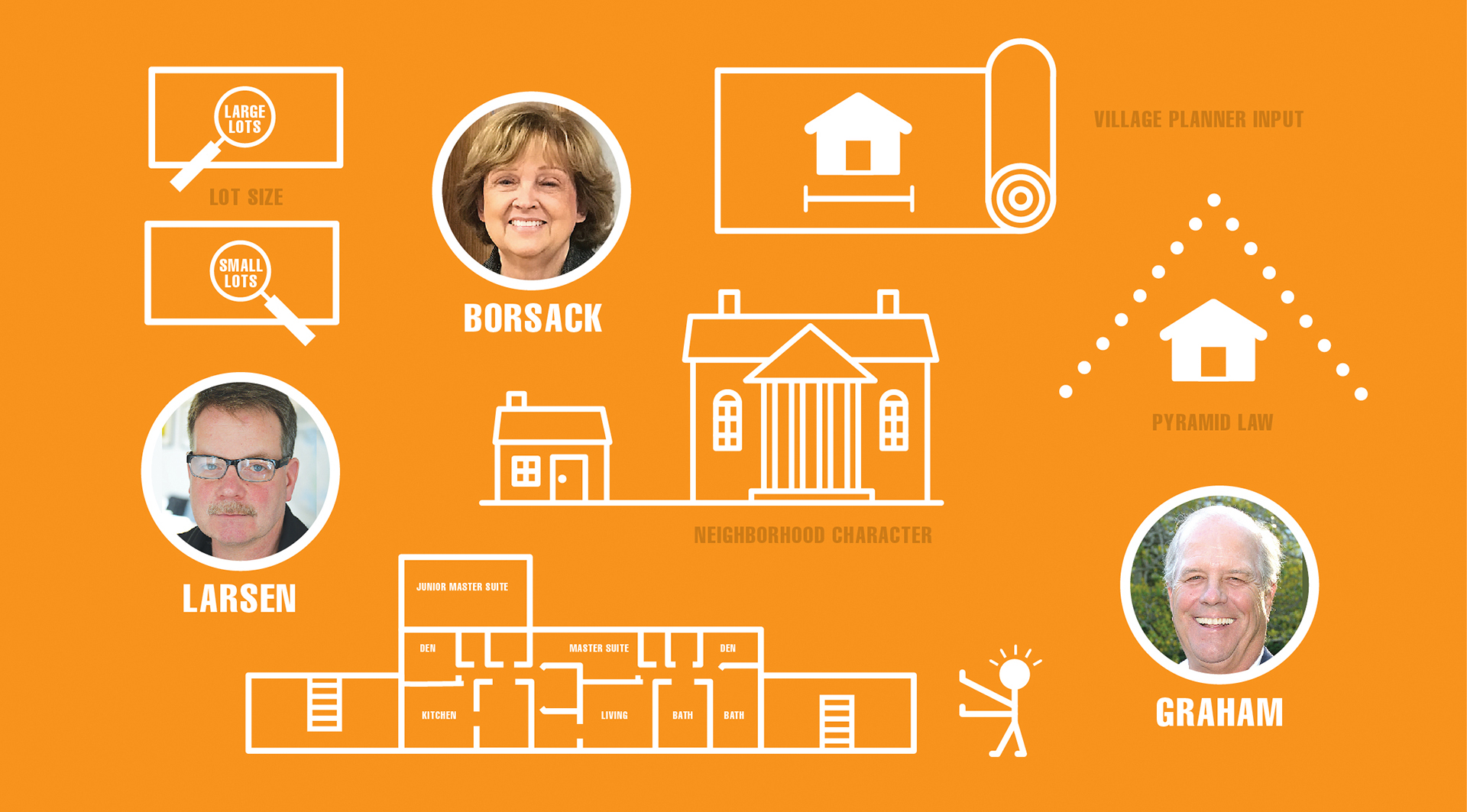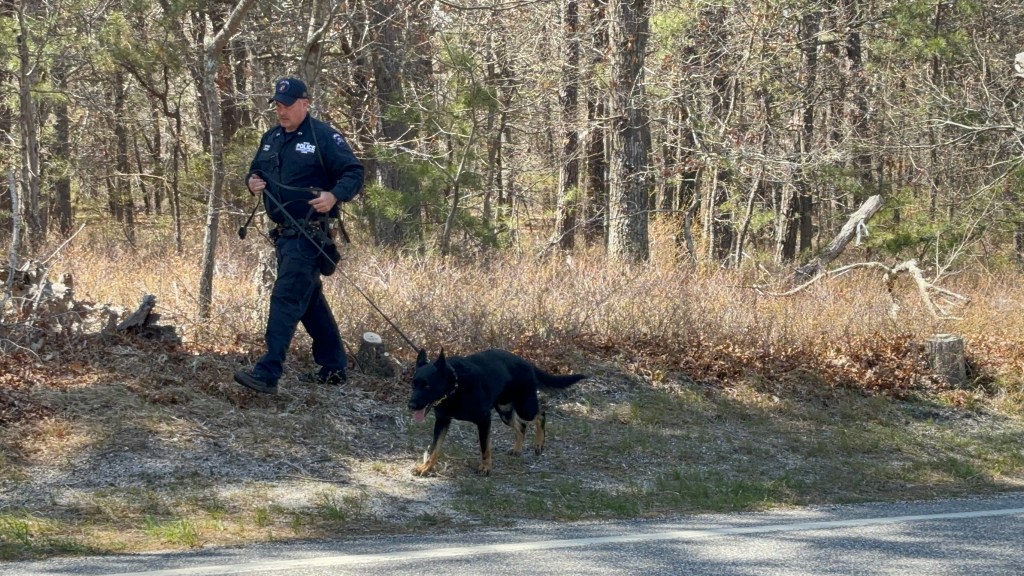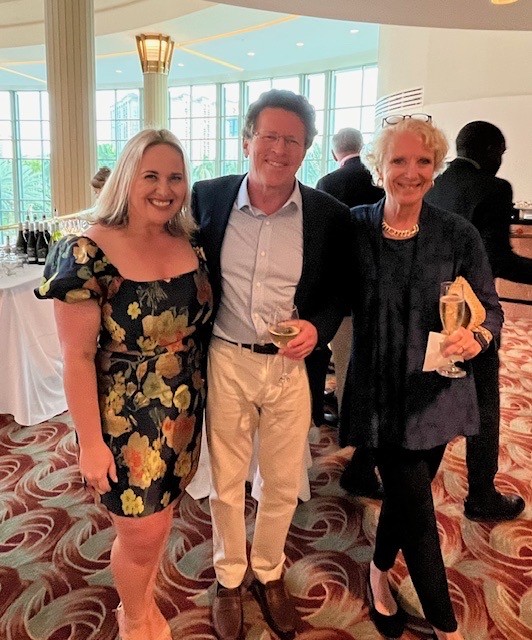East Hampton Village Candidates Mull McMansions

The June 16 election may have been postponed until September 16, but the discussion between the mayoral candidates and the residents of the Village of East Hampton about the area’s future continues.
Here in the Hamptons, where the measure of one’s social status is often tallied by the size of one’s home, McMansions are an ongoing topic of debate in East Hampton Village. That they often spring up next to homes a fraction of their size has long been a worrisome trend and one many village residents have strong feelings about.
Zoning laws exists for a reason: to preserve the character of a community. But how does a municipality balance the interests of its long-term residents against the desire of many who are often new to the neighborhood, who want large and opulent homes in a village with limited vacant land and oft-times small lots? It is a question the newly elected board will be called upon to answer.
As homes in the village continue to rise in square footage, this delicate balance grows harder to achieve. It is a particularly difficult struggle in a village like East Hampton, where residents are proud of its historic character.
This is the second installment in a series that takes a look at the points raised in the Village Preservation Society’s questionnaire, and answered by the three candidates for mayor. Five trustee candidates also weighed in and their responses will be published in a future article.
With McMansions scattered in neighborhoods with more modest homes, how should neighborhood character be treated within the zoning code? Is it desirable to achieve a balance and how would you do so under zoning?
Barbara Borsack: I believe that we need to protect our residential neighborhoods and preserve their unique character. We have made a number of changes in the past few years to address this issue, but I agree that more needs to be done. I think increasing set-backs and addressing height issues may be part of this solution and look forward to working with our village planner to see how we can do that.
Arthur Graham: While not being an expert in these specialized issues, I think that a look at the totality of our residential zoning code should be on the agenda. The issue of “massing,” a trademark of the McMansion, is an issue that the code has a hard time handling. I would appoint a committee of attorneys, architects, residents, and the village planner to review the code and make recommendations. The town has a “pyramid law,” perhaps as a rework of the code, that may help us keep the village character intact. As you remember, some time ago the village looked at the large lots, perhaps it’s time to look at the smaller lots.
Jerry Larsen: I agree that we need to find a reasonable balance with the relationship of lot and home size. As mayor, I will appoint a committee of experts in this field to work on finding that correct balance. I believe the size of the home should be in proportion to the building lot.
Please send comments and questions to [email protected].



